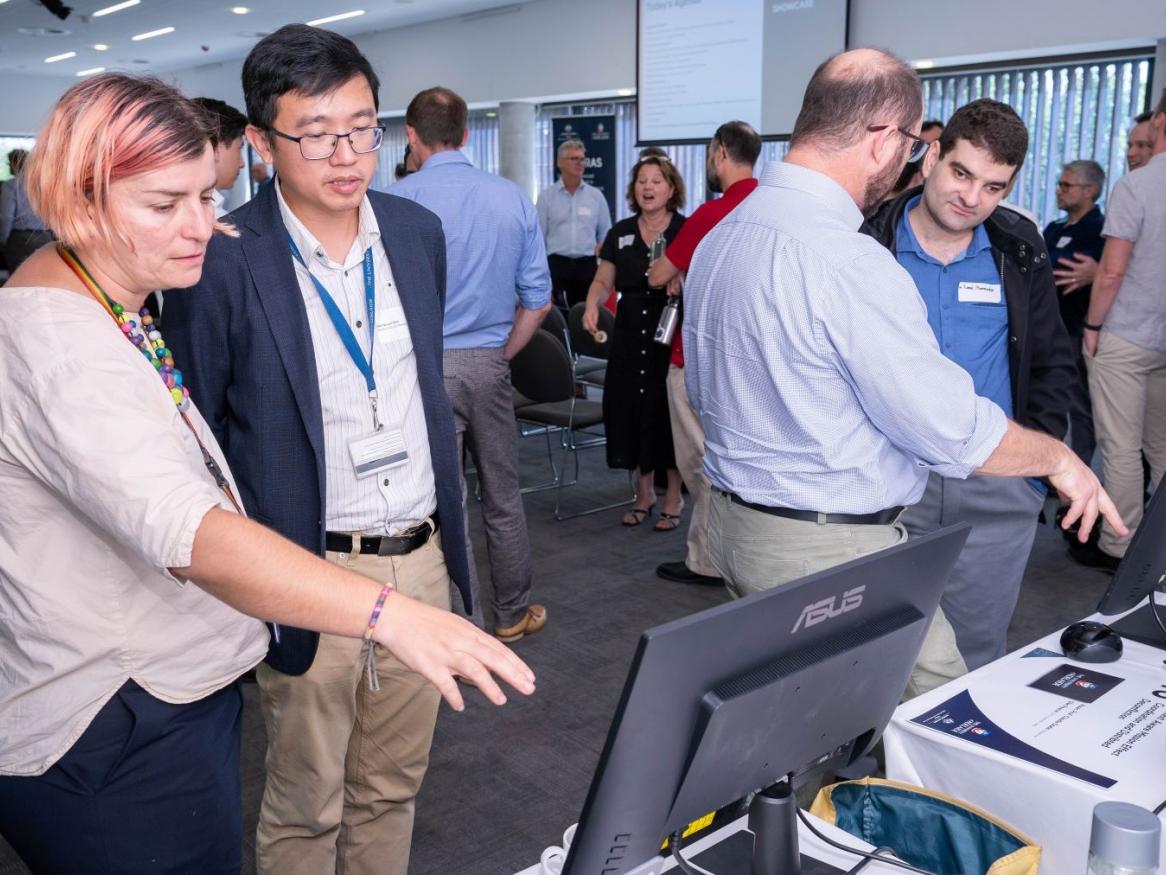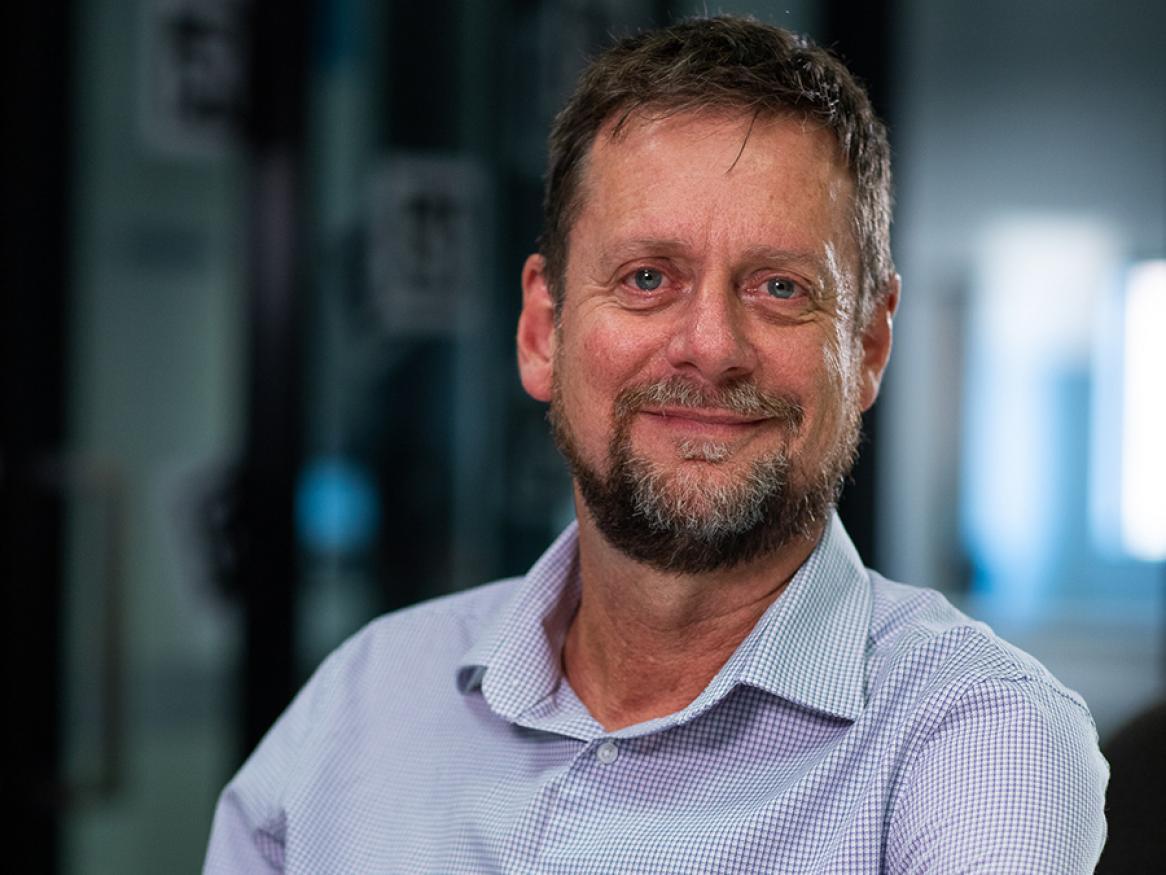Latest news
Search news stories
Enter a keyword to search news.
University of Adelaide researchers pioneer AI tools to fight misinformation and manipulation

Researchers at the University of Adelaide, including Professor Carolyn Semmler, Professor Lewis Mitchell, Dr. Rachel Stephens, and Dr. Keith Ransom, are leading the effort to protect the public from harmful online influence using innovative AI tools and big data.
Defence Researchers come together ahead of upcoming merger.

Defence Researchers from University of Adelaide and the University of South Australia recently came together to celebrate the successes of 2024.
[Read more about Defence Researchers come together ahead of upcoming merger.]
Professor Olaf Maennel appointed Joint Chair in Cybersecurity

We’re excited to announce Professor Olaf Maennel has been appointed to the position of Defence Science and Technology Group - University of Adelaide Joint Chair in Cybersecurity. This position is co-funded by DSTG and the University of Adelaide.
[Read more about Professor Olaf Maennel appointed Joint Chair in Cybersecurity]
Developing the first drug for multi-organ radiation protection

Radiation plays a crucial role in a number of fields; it’s vital for shrinking cells in current cancer treatments, propelling nuclear-powered military submarines and electricity grids, and more. However, radiation carries risks. Overexposure can lead to radiation poisoning, triggering severe symptoms and conditions such as causing cancers, cognitive impairments, and fatal multi-organ (lung, intestines, heart) failure. In Australia, workers including uranium miners, our military personnel, emergency service professionals, and astronauts are all vulnerable to radiation poisoning. To mitigate its adverse effects, University of Adelaide researchers have made great strides towards a world first: a multi-organ anti-radiation drug.
[Read more about Developing the first drug for multi-organ radiation protection]
Funding call: Centre for Advanced Defence Research in Robotics and Autonomous Systems

Funding call: Centre for Advanced Defence Research in Robotics and Autonomous Systems. Grant funding of up to $160,000 is available to researchers from Australian Universities to conduct a literature review. Applications due by Monday 30th September 2024 @ 17:00 ACST
CADR-RAS 2024 Showcase

Last week, the Centre for Advanced Defence Research - Robotics and Autonomous Systems (CADR-RAS) hosted its 2024 Showcase in Adelaide. The event brought together leading researchers from 11 participating universities, Defence researchers and Defence force personnel.
Human integrated sensor system program

Sometimes it is not possible to identify in advance if there are chemical or biological agents present in an area.
Drone-borne gamma ray sensors

In a CBRN attack, our defence forces must be able to accurately assess a battle space for radiation and other toxic substances.
Simultaneous location and mapping in autonomous vehicles

Robotic and autonomous vehicles are valuable defence assets as they can undertake operations which present increased risks to personnel, such as entering contested or contaminated areas where they can gather information, or act as relay points for communication systems.
[Read more about Simultaneous location and mapping in autonomous vehicles]
Building successful hybrid human/AI teams

As we increasingly embed Artificial Intelligence (AI) into defence capabilities, we must understand how AI agents and humans can work together.
